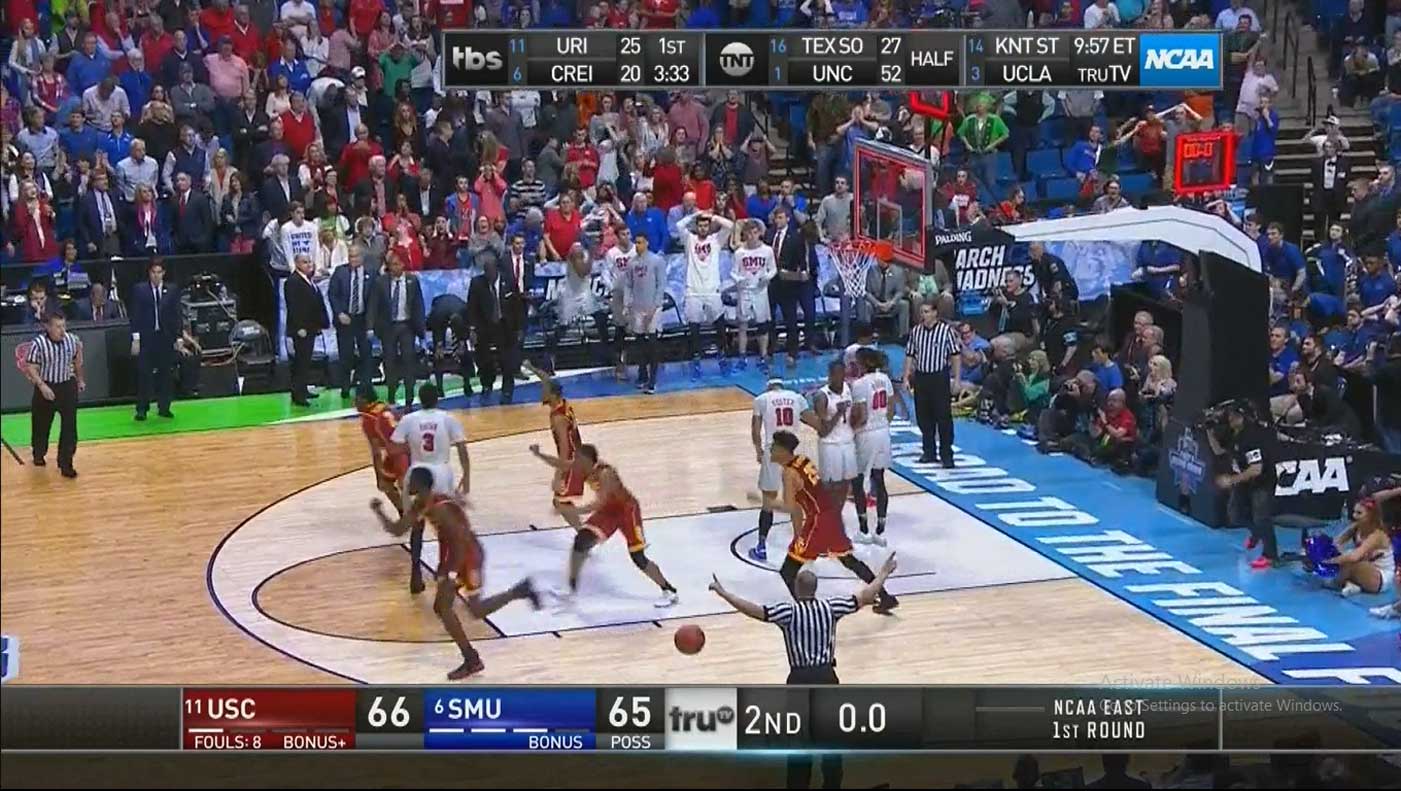NCAA Player’s are 149% more likely to take a buzzer beater (shot with less than 2.5 seconds), than a shot between 2.5 and 5 seconds. Why is that?
It’s the same reason, as a kid, I’d spend hours at a hoop repeating the same sentence, “3, 2 ,1 buzzer beater for the win,” and then usually chuck up a brick. This idea has been propagated across the country. Every basketball player has fallen victim to the flash associated with hitting a buzzer beater, without considering the lack of efficiency involved.

These ShotQuality stats were only tracked in games that were close (within five points), and excluded half court heaves in order to eliminate confounding variables. The grave discrepancy in efficiency between buzzer beaters and 2.5 to 5 second shots are due to one major reason: offensive rebound potential.
When you take a buzzer beater, you are shooting your team in the foot because you are not providing your teammates with any opportunity to get an offensive rebound. A counterpoint often brought up is that taking a shot too early with time remaining would leave your opponent with another shot, however, the full court/half court heave is only hit around 4% of the time. Furthermore, in college, a timeout doesn’t advance the ball to the frontcourt so the defensive rebounding team would inevitably get an inefficient last second heave. It’s irrefutably more efficient to shoot with 5 seconds than a buzzer beater, and coaches need to take note of it.
Obviously there are extenuating circumstances where a buzzer beater is unavoidable, but that should be the only excuse for this negligent decision. If a coach is drawing up a play where a player holds for a buzzer beating shot, that is malpractice…
Obviously there are extenuating circumstances where a buzzer beater is unavoidable, but that should be the only excuse for this negligent decision. If a coach is drawing up a play where a player holds for a buzzer beating shot, that is malpractice…
In this clip, Jordan Nwora of Louisville makes his move at 5 seconds, and gets up the with shot 3.1 seconds left. Because of this smart play, two different Louisville players touch the offensive rebound, and Darius Perry delivers a buzzer beater to end the half. The ShotQuality of the possession was 1.11 accounting for the offensive rebound potential.
IIn this video, Shake Milton crosses half court with 8.5 seconds and down 1 point, rather than just driving to the basket immediately, SMU made two passes to get the ball back to Milton. By then, there was only 3 seconds remaining when he started driving, and didn’t get the shot off until 1 second left. This is an awful decision and cost them a NCAA tournament game. The worst part is that SMU had impeccable offensive rebounding positioning with 3 white jerseys in the restricted area, but had no time remaining to tip it in! The ShotQuality value of this possession was 0.77 accounting for the lack of offensive rebound potential!

Although plays like this occur infrequently, when they do happen, the player has to block out the voice in their head telling them to shoot a buzzer beater, and instead take the most efficient shot possible with time still remaining on the clock for an offensive rebound.
